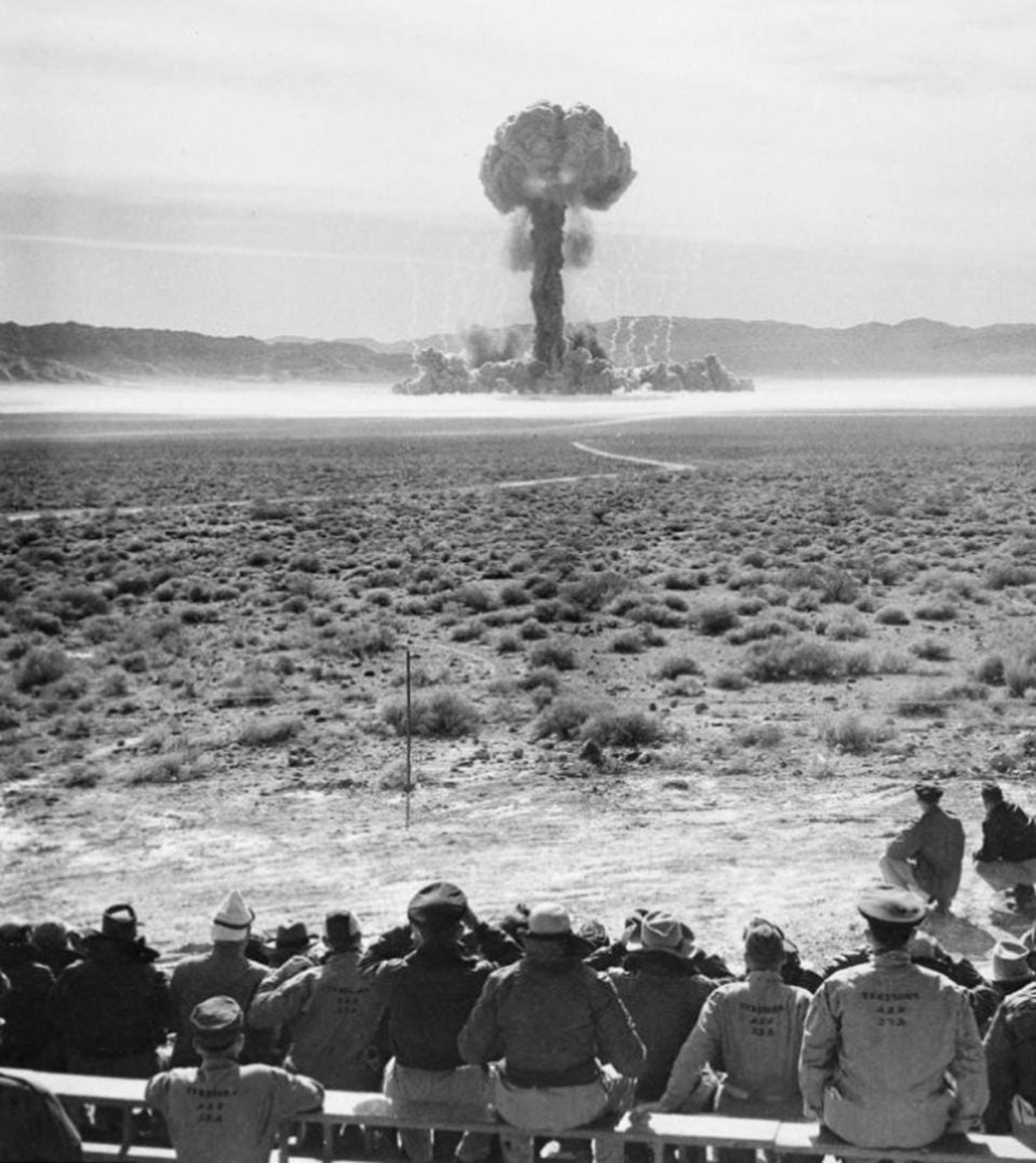Construction of the new Science and Engineering Research Center is underway on the ACU campus. (Photo: ACU)
The Nuclear Energy eXperimental Testing (NEXT) Laboratory at Abilene Christian University in Texas submitted a construction permit application to the Nuclear Regulatory Commission for its molten salt research reactor (MSRR) on August 15. According to ACU, the move represents the first application for a new U.S. research reactor of any kind in more than 30 years, as well as the first-ever university application for an advanced research reactor.
Crews begin clearing the site on which Savannah River Site’s SDU 10 will sit. (Photo: DOE)
The Department of Energy’s Office of Environmental Management (EM) announced that it is preparing for construction of the final three planned saltstone disposal units (SDUs) at the Savannah River Site in South Carolina, which will complete the site’s liquid waste mission.
The SRS liquid waste contractor, Savannah River Mission Completion (SRMC), is overseeing the construction of the SDUs, which will receive decontaminated salt solution treated at Savannah River’s Salt Waste Processing Facility (SWPF).
The Neckarwestheim nuclear power plant in Germany.
For the few members of the nuclear community who haven’t already been made aware, the Wall Street Journal yesterday published a story headlined “Germany to Keep Last Three Nuclear Power Plants Running in Policy U-Turn.” According to the WSJ, the German government plans to postpone retirement of the plants—all of which had been slated for closure by the end of 2022—fearing an inadequate energy supply this winter.
The Diablo Canyon nuclear power plant.
There is still a chance for California’s last remaining nuclear power plant to stay open.
Last Friday, more than 50 nuclear advocates testified in support of the Diablo Canyon nuclear power plant at a California Energy Commission workshop. Many spoke of the need for California to shore up its electricity grid in the face of coming heat waves and power outages. Others emphasized that closing the plant, which generates 2.2 GW of electricity and currently provides 8.6 percent of the state’s total supply and about 15 percent of its low-carbon electricity, would be devastating to California’s emission-reduction goals.
Ontario’s South Bruce area is being considered as a potential host site for a spent fuel repository. (Photo: NWMO)
Canada’s Nuclear Waste Management Organization (NWMO) is shifting the timing for selecting a preferred site for a spent nuclear fuel repository to the fall of 2024, a full year later than previously planned. The NWMO, a nonprofit organization tasked with the safe, long-term management of Canada’s spent fuel in a deep geological repository, said the delay is the result of several provincial lockdowns associated with the COVID-19 pandemic.
Rafael Mariano Grossi, the IAEA's director general, addresses the UN Security Council via video link on August 11. (Photo: IAEA)
Contradictory accusations concerning the artillery shelling of the Zaporizhzhia nuclear power plant in war-torn Ukraine continue to be made by the Ukrainians and Russians. Both sides have acknowledged several hits on the facility, including 10 artillery strikes on the plant’s administrative office and fire station on August 11. As the two countries blame each other for the attacks, independent authorities have been unable to verify the opposing claims.
Meanwhile, at a meeting of the UN Security Council, Rafael Mariano Grossi, director general of the International Atomic Energy Agency, warned that the situation was in “a serious hour, a grave hour.” UN secretary general António Guterres added that it could “lead to disaster.”
Hanford workers will soon begin retrieving about 373,000 gallons of waste from Tank AX-101, shown here in an image from an inspection video shot. (Photo: DOE)
Washington River Protection Solutions (WRPS) is preparing to retrieve waste from Tank AX-101 at the Department of Energy’s Hanford Site near Richland, Wash. WRPS is the tank operations contractor at Hanford.
Research being done at INL’s Energy Systems Laboratory is providing information on how nuclear power plants can contribute to effective energy storage and discharge, to aid in arbitrage. (Photo: INL)
Can nuclear power plants prosper in the grid of 2030 or 2035, when new wind and solar farms will make electricity prices even more volatile? Can plants install energy storage that will help them keep running at full power, 24/7, to ride out times of surplus and sell their energy only when prices are high?
The third cohort of the Nuclear Operator Apprenticeship Program was recognized in a ceremony at Aiken Technical College. (Credit: SRNS)
Twenty-three students in the third cohort of the Savannah River Nuclear Solutions (SRNS) Nuclear Operator Apprenticeship Program graduated recently following their completion of the Nuclear Fundamentals Certificate curriculum at Aiken Technical College (ATC) in South Carolina. The class was the largest ever of operator apprentices to graduate from the program. Those graduates who meet all employment requirements are eligible for hire at the Savannah River Site.

















